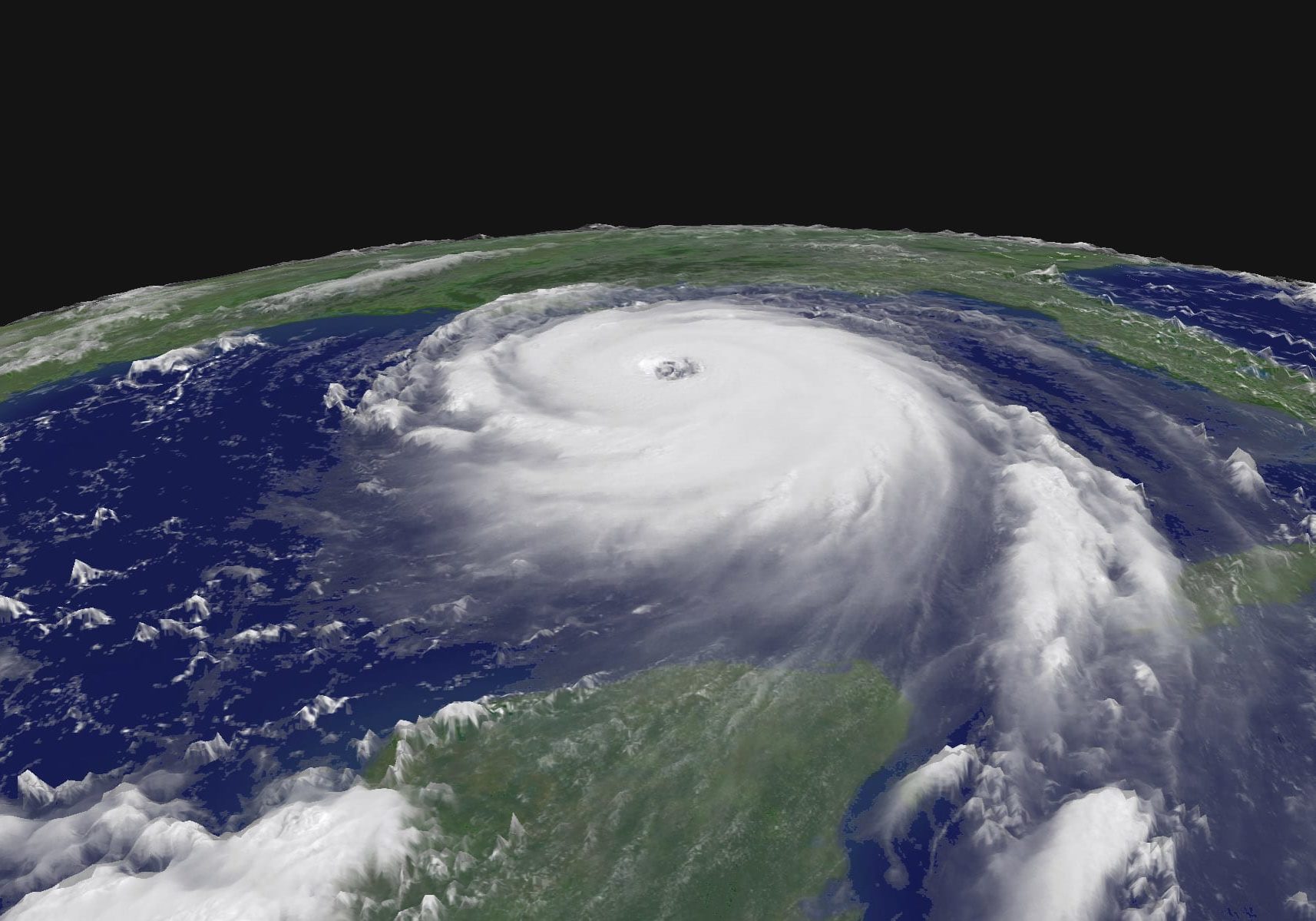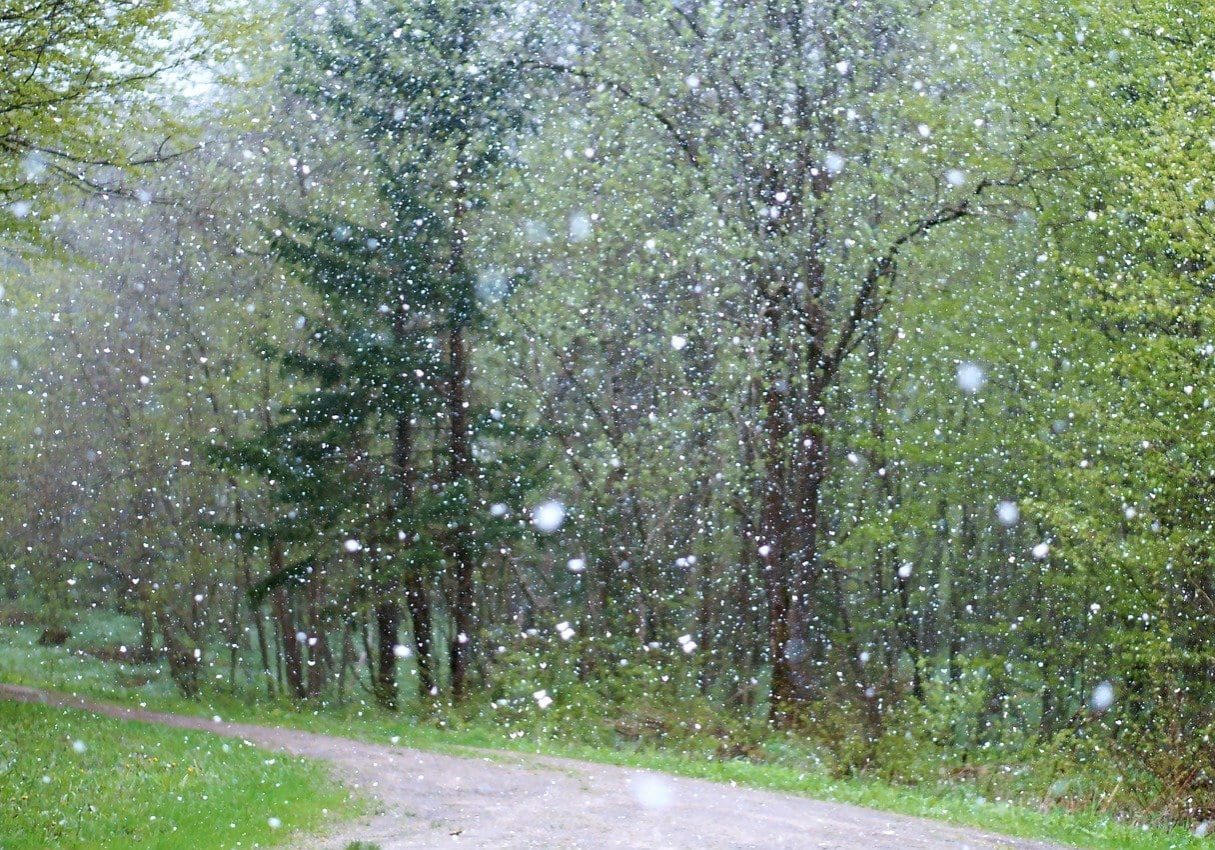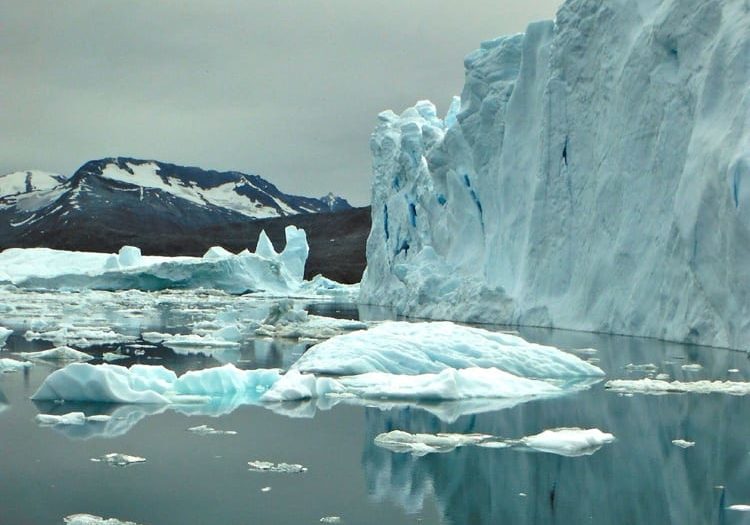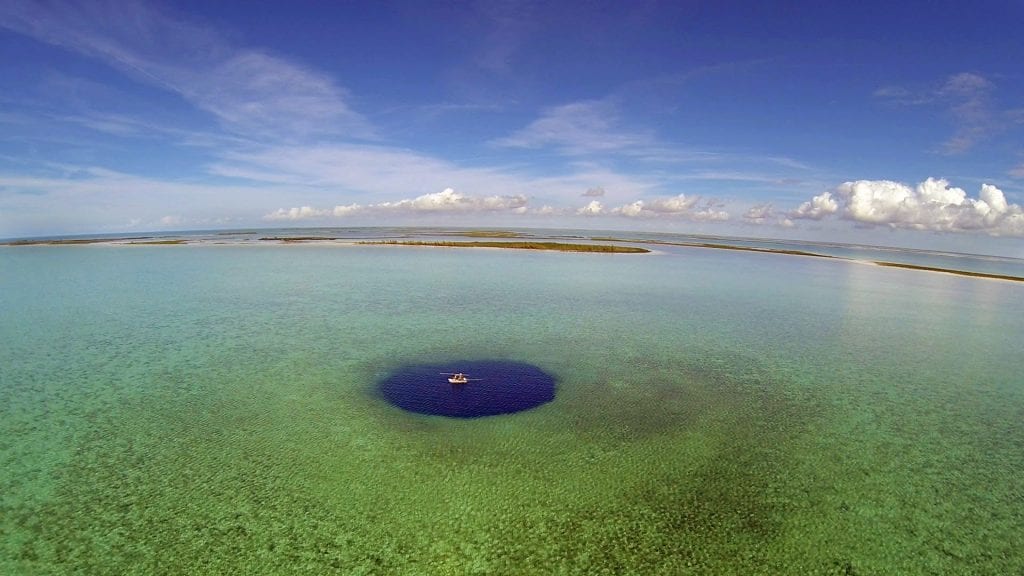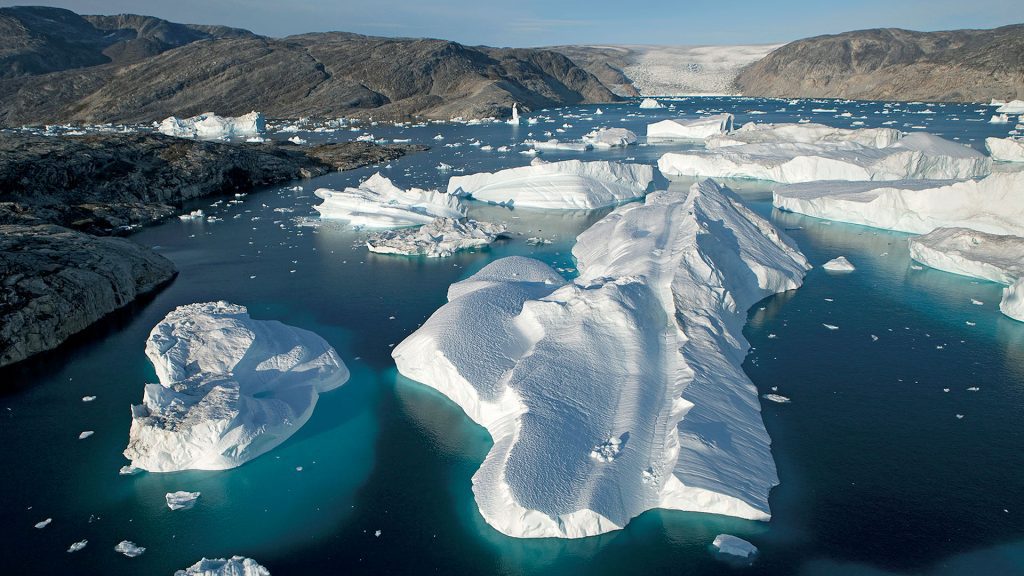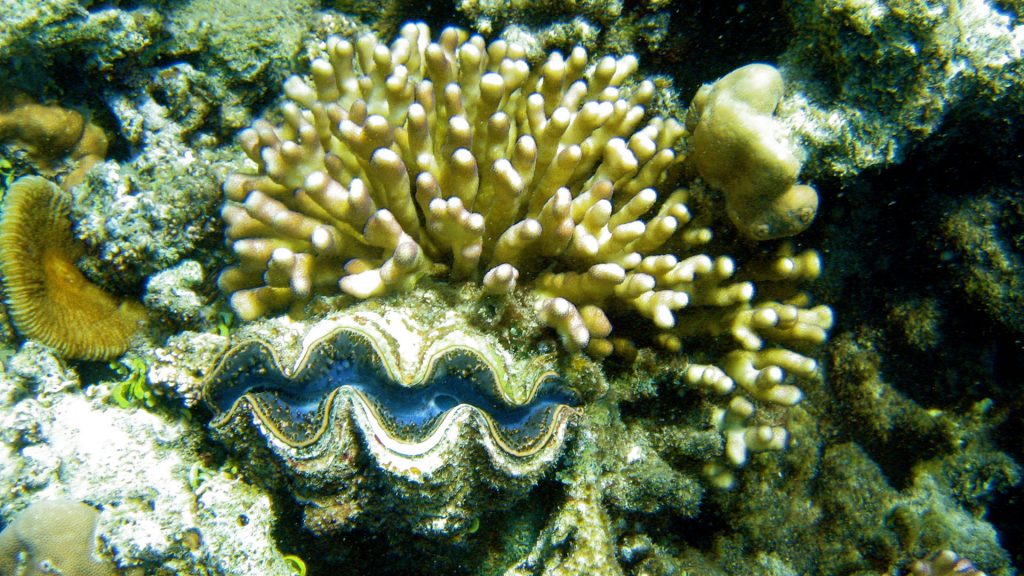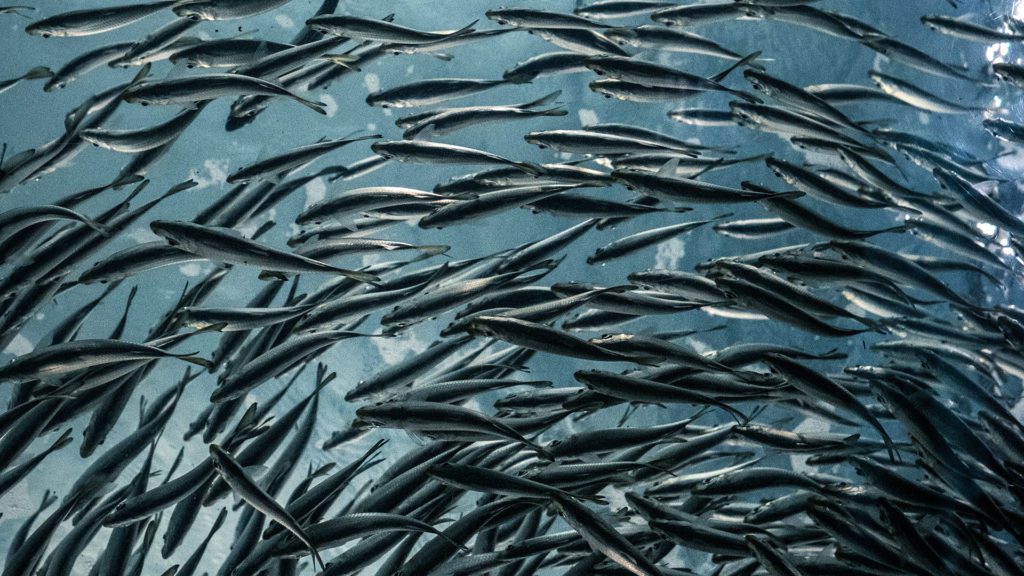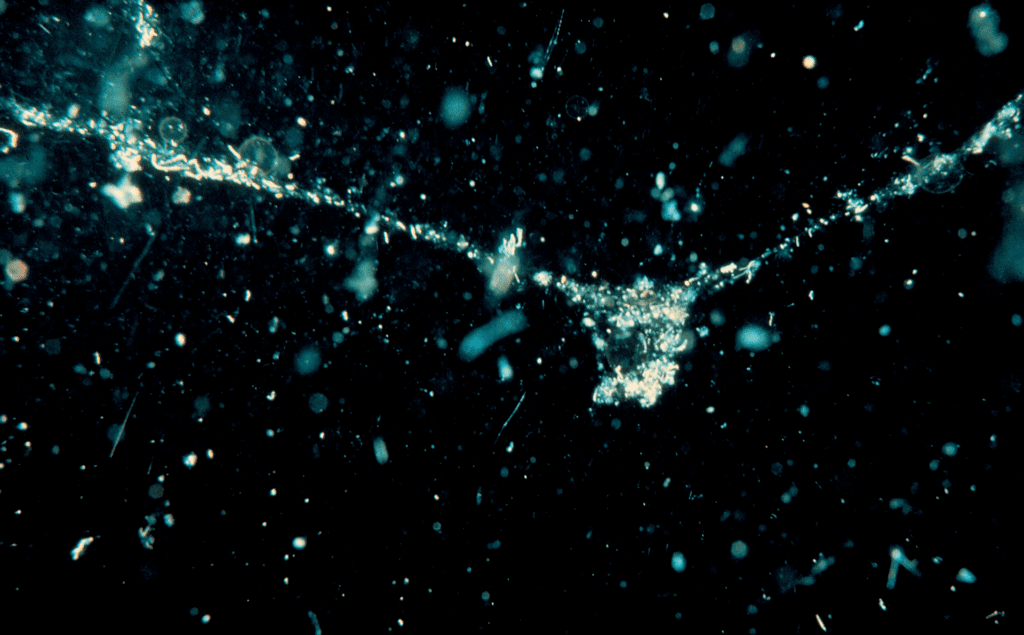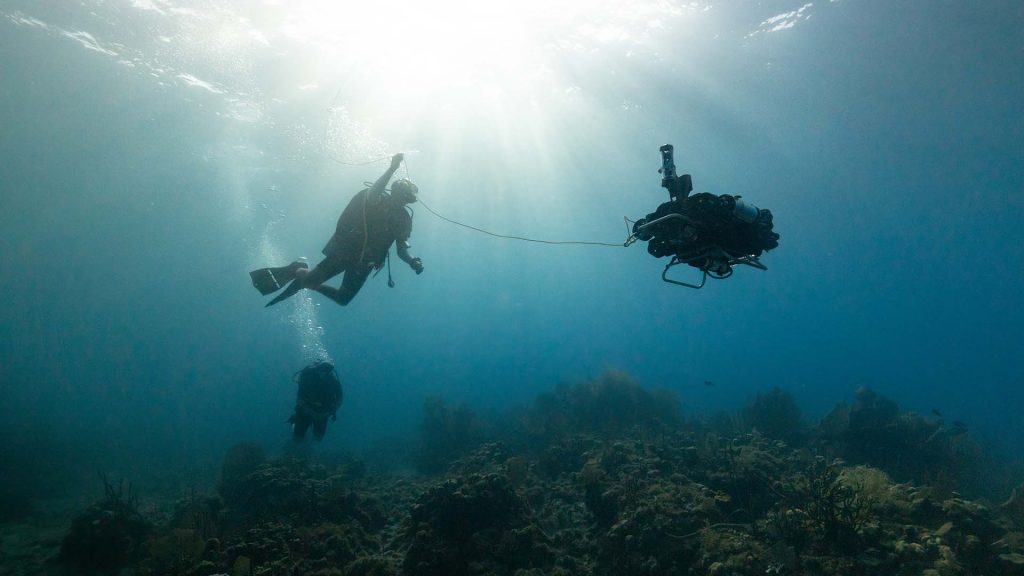We often hear about the weather. We also hear about climate. The two terms are related. But they are not the same thing. What’s the difference? It’s a question of time. Weather takes place over short periods of time—hours, days, or weeks. Climate describes the weather over decades.
Both weather and climate describe events taking place in our atmosphere. Specifically, events affecting the lowest layer of the atmosphere, or troposphere. That’s the layer we interact with on a daily basis.
Climate and weather deal with temperature and precipitation. That’s a fancy word for water falling as rain, snow, hail, or sleet. Precipitation comes from clouds, so we also use terms like sunny, partly cloudy, or overcast to describe the weather. And the atmosphere is rarely still, making wind another important weather feature.
All aspects of weather ultimately come from sunlight. The sun heats the Earth unevenly. In tropical areas near the equator that receive the most sunlight, the surface warms quickly. That causes warm air to rise. Air from cooler regions rushes in to fill the space left behind, creating wind. Earth’s rotation plays a role in wind and weather patterns, too.
Heat also causes water to evaporate from rivers, lakes, and oceans. As more water enters the atmosphere, clouds form that may later drop precipitation. This often falls as a gentle rain or snow. Clouds over the ocean can eventually form storms. If these continue to build, they can become tropical storms or hurricanes. When they barrel onshore, they bring a deluge of rain and damaging winds. Over land, cold air colliding with warm air can also create strong winds and storms.
Weather can change very quickly, from minute to minute or hour to hour. Sometimes weather patterns last longer—for days, weeks, or even months. But weather patterns don’t last for years. Climate, on the other hand, tells us what weather patterns are like over decades.
Climate tells us what we can expect from the weather. Are winters typically cold and snowy? Are summers hot and humid? Does an area stay above freezing all year long? Does it receive almost no rain on a particular year? Such patterns describe the climate for a particular region. Scientists typically look at weather patterns over a 30-year period to get a sense of what is normal for the climate in a particular area.
When scientists look at weather records before the 1980s, they find that fairly consistent patterns occurred in different parts of the planet. But over the last 30 to 40 years, those patterns have been changing. Temperatures have been getting warmer. That’s especially true at night and in areas near the North and South Poles. Precipitation patterns are changing too. Some areas are getting more rain than they did in the past, often in the form of big storms. Other areas aren’t getting as much as they used to and are experiencing drought. It’s changes in those long-term patterns that tell us the climate is changing.
LEARN MORE ABOUT CLIMATE
Paleoclimatology
Understanding how climate naturally varied over thousands and millions of years teaches us how Earth’s climate system works and sheds light on current, human-induced changes.
Climate Change
Scientific observation has shown that the atmosphere near the Earth’s surface is warming.
Krajick, Kevin. James Hansen’s Climate Warning, 30 Years Later. State of the Planet, Columbia University. https://blogs.ei.columbia.edu/2018/06/26/james-hansens-climate-warning-30-years-later/ June 26, 2018.
NASA. What’s the Difference Between Weather and Climate? https://www.nasa.gov/mission_pages/noaa-n/climate/climate_weather.html February 1, 2005.
NOAA. What’s the Difference Between Weather and Climate? https://www.ncei.noaa.gov/news/weather-vs-climate Accessed on January 7, 2021.
NOAA SciJinks. Why Does Wind Blow? https://scijinks.gov/wind/ Accessed on January 7, 2021.
DIVE INTO MORE OCEAN FACTS
Are corals plants, animals, or rocks?
The base of a coral reef is coral, but what is coral? If you look at a piece of coral that washed up on shore, it’s solid and tough with rough edges and little pits.
How does ocean warming affect fisheries?
The ocean has absorbed 93% of excess heat from human activities, raising its temperature by 1.5°F since 1901. Warming oceans impact fish migration, leading to conflicts and overfishing.
Where does all the carbon go?
Explore the ocean’s critical role in carbon sequestration and how it could be a pathway to mitigate climate change.
Can AI help us explore the ocean?
Learn how scientists at WHOI are using AI, like the software “Spock,” to enable autonomous underwater robots, such as Nereid Under Ice and CUREE, to study marine life and explore ocean environments.

